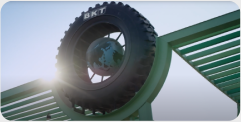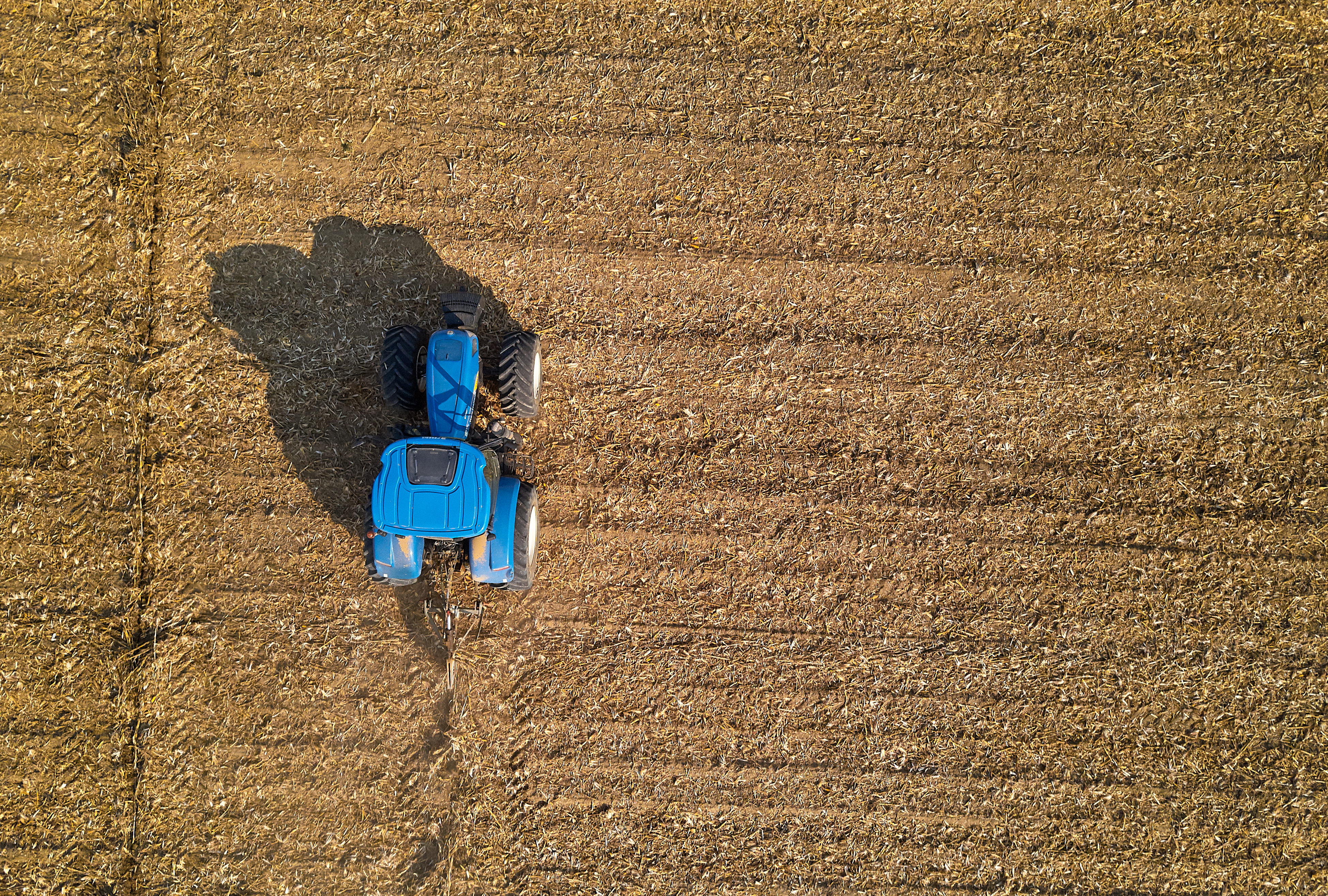This article will explore the trends that will characterize tractors and agricultural machinery in the short to medium term, from alternative fuels to robotics and AI. Let's see what the future holds.
Until recently, it was difficult to envision how agricultural machinery would develop in the future. Without mentioning robotics or automation, talking about "tomorrow's" agricultural machinery meant merely mentioning current precision farming technologies.
In this article, we will highlight how these sophisticated agricultural machinery have become increasingly common and have also started to be considered for agricultural mechanization.
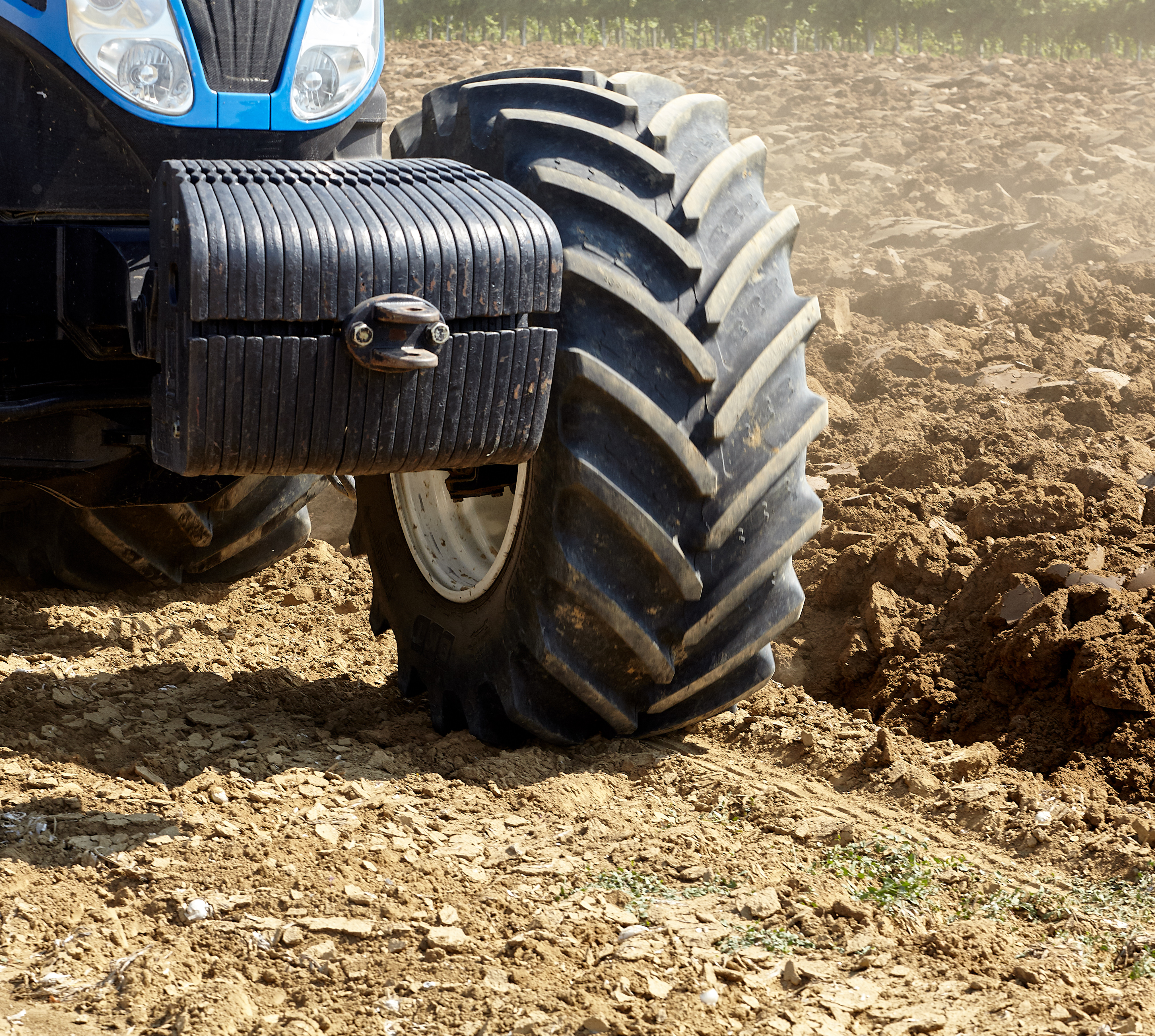
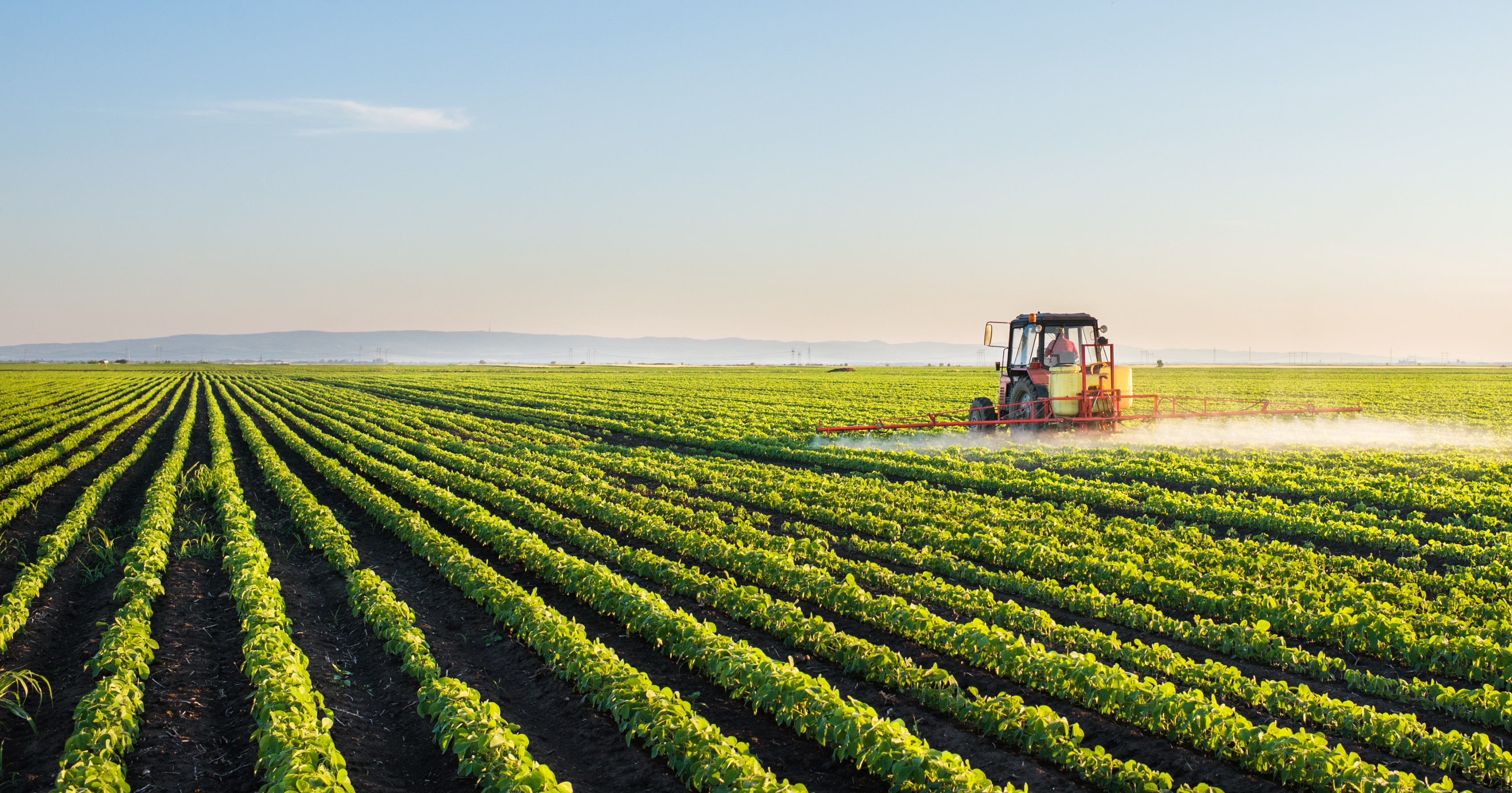
Let's begin our journey into agricultural mechanization by exploring a sector that has already taken giant strides in other industrial fields: engine fuels and alternative fuels to diesel internal combustion engines.
The ambition of fully electric tractors is still in development, hampered by their hefty weight. However, battery power is revolutionizing the very definition of agricultural vehicles. New concepts are emerging, featuring self-propelled, multi-functional machines with electric axles.
Adopting electric traction is already well underway for compact tractors in orchards, vineyards, and emission-sensitive environments like livestock farms (TMR mixers and barn cleaning systems). It's also finding a place in on-farm handling applications, particularly in greenhouses with electric telehandlers and forklifts.
Beyond the use of electricity, alternative clean fuels are also being explored. While hydrogen is still under investigation, biogas tractors are already a reality for some agricultural operations.
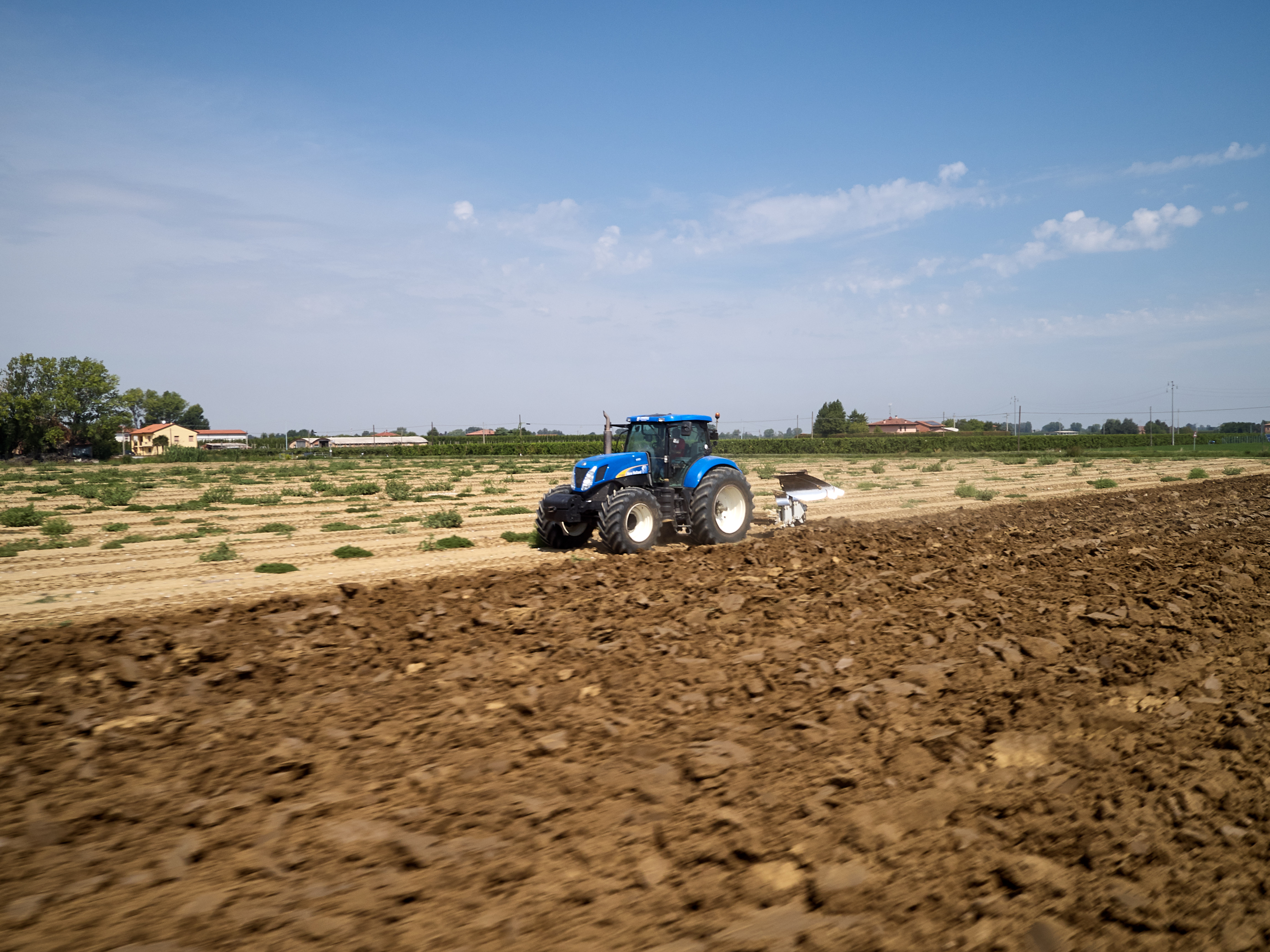
Tractor designs, particularly those of large, powerful models, are predicted to change. Automation will be essential. As a result of the advancements in material science, cabs will become unnecessary components, and machines will have smaller overall dimensions and lighter weights. More sophisticated materials (graphene-based solutions are being developed) will replace conventional sheet metal and plastic polymers, resulting in a general decrease in ground masses and fewer problems with soil and the environment.
Telematics, a mainstay of many agricultural operations, continues to progress, enabling machine performance monitoring from anywhere in the world. This allows for the timely identification of problems and automatic scheduling of predictive maintenance interventions before breakdowns occur. Farmers can also instantly track their fleet's operations with real-time performance screening and optimized workflow management.
Drones, which can access all areas of the land regardless of obstructions, provide an opportunity to record every facet of crop growth and spot issues in the field that the human eye might miss. Additionally, drones can be used to spray weeds, diseases, and pesticides over crops. However, the development and application of this technology are currently impeded by unclear and non-specific legislation at the EU level; as a result, it may take some time before the technology is fully and optimally utilized.
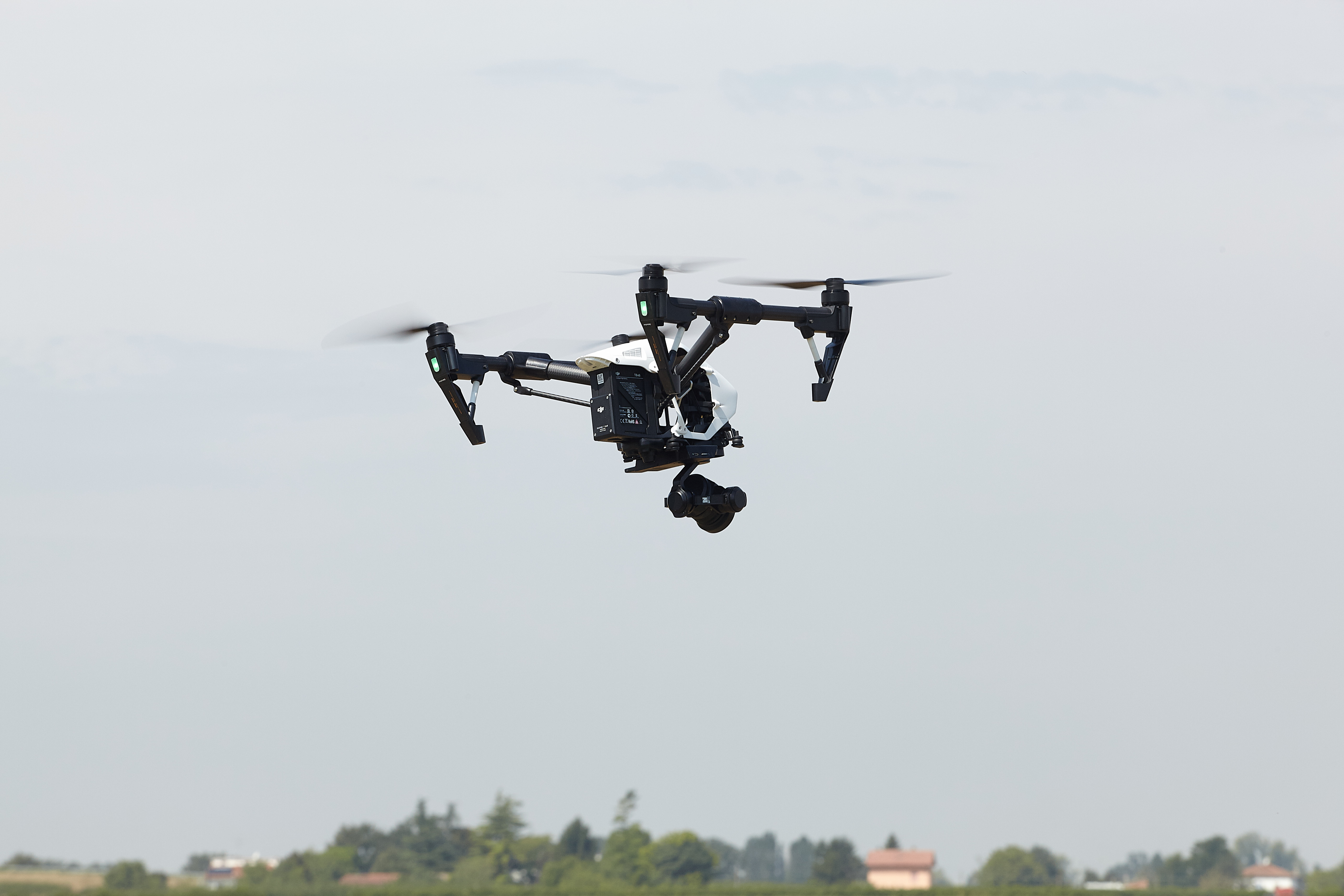
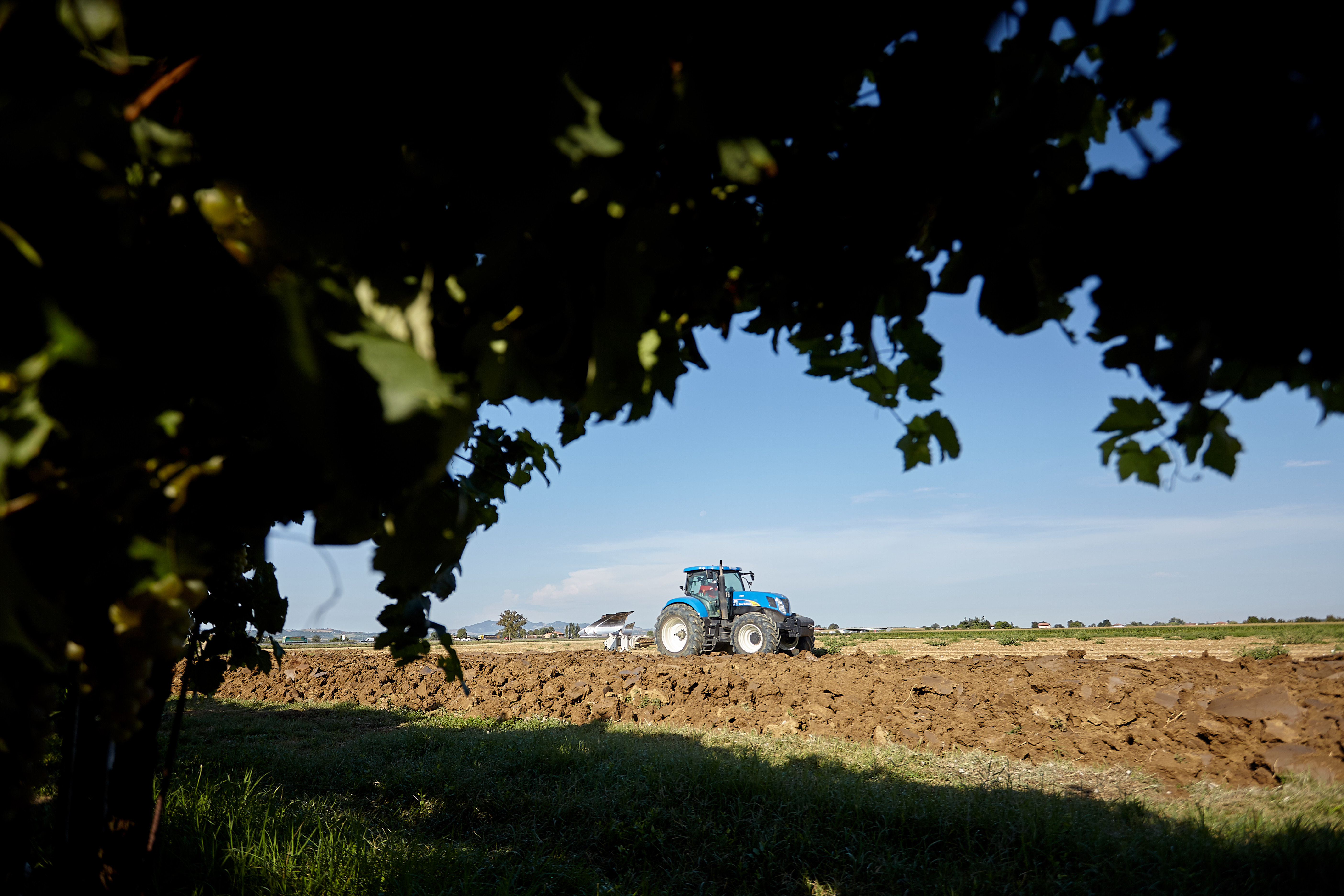
Regarding automation technology, the agricultural sector has nothing to learn from the automotive industry. As driverless cars and commercial vehicles have begun to circulate on roads, autonomous tractors, and robots are becoming an integral part of the farm.
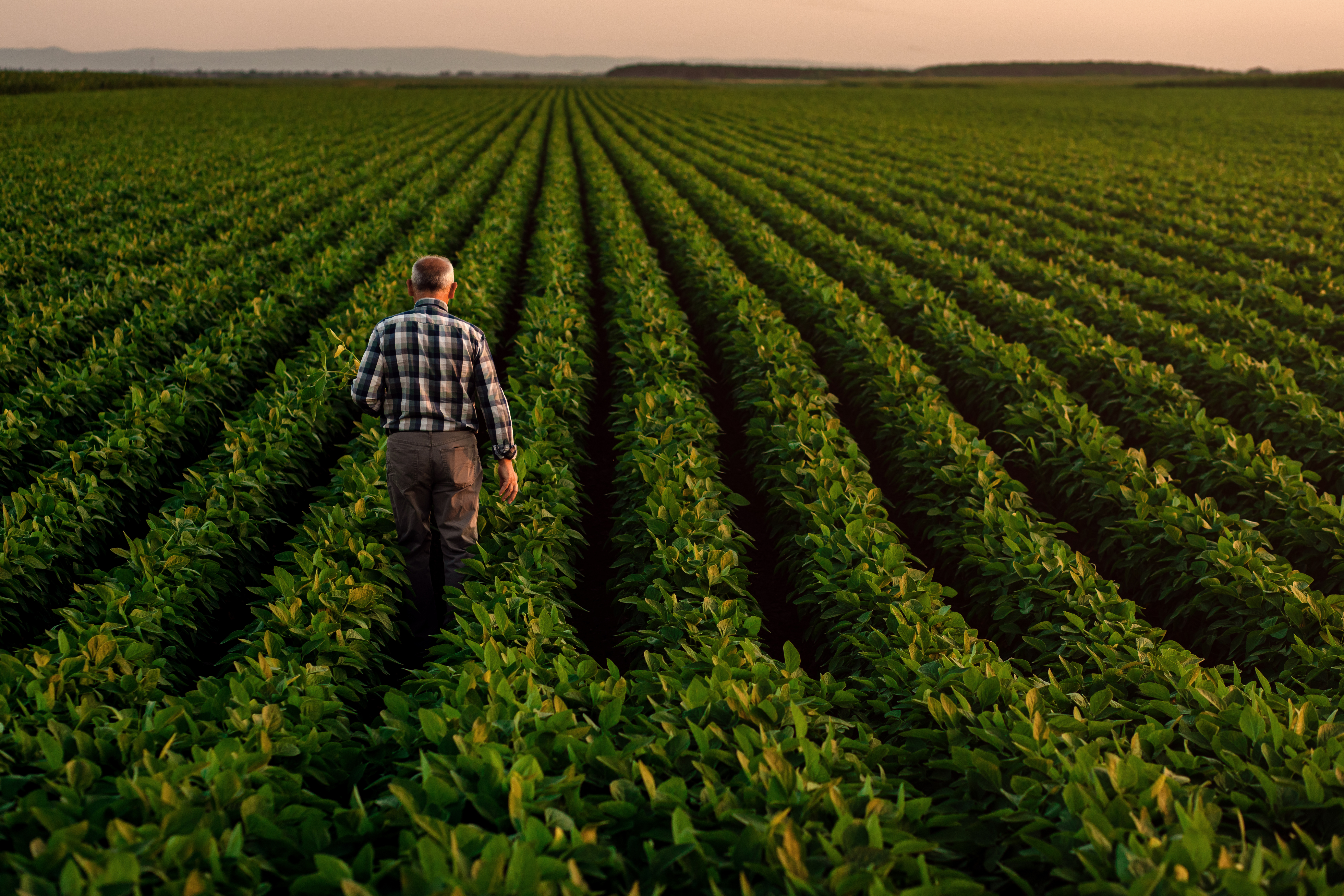
However, data is the basis for advancing innovations in agriculture. Data acquisition is likely to be present in every farm in the country. But in one way or another, it is incompatible even if it has yet to be used. Nevertheless, data can chart a course for agriculture and drive the development of new machinery and technologies. More available and managed data should correspond to better decision-making.

From data will emerge artificial intelligence (AI), which some believe to be the most significant opportunity for agriculture and could guide many, if not all, future decisions on the farm. Using mass knowledge and machine learning derived from data collection, AI could prevent errors, make decisions in a fraction of a second, or offer solutions to challenges. Among the most recent and innovative solutions introduced by BKT for agricultural machinery is AGRIMAXFACTOR, BKT's 70 Series for tractors, perfect for transport and soil cultivation.
